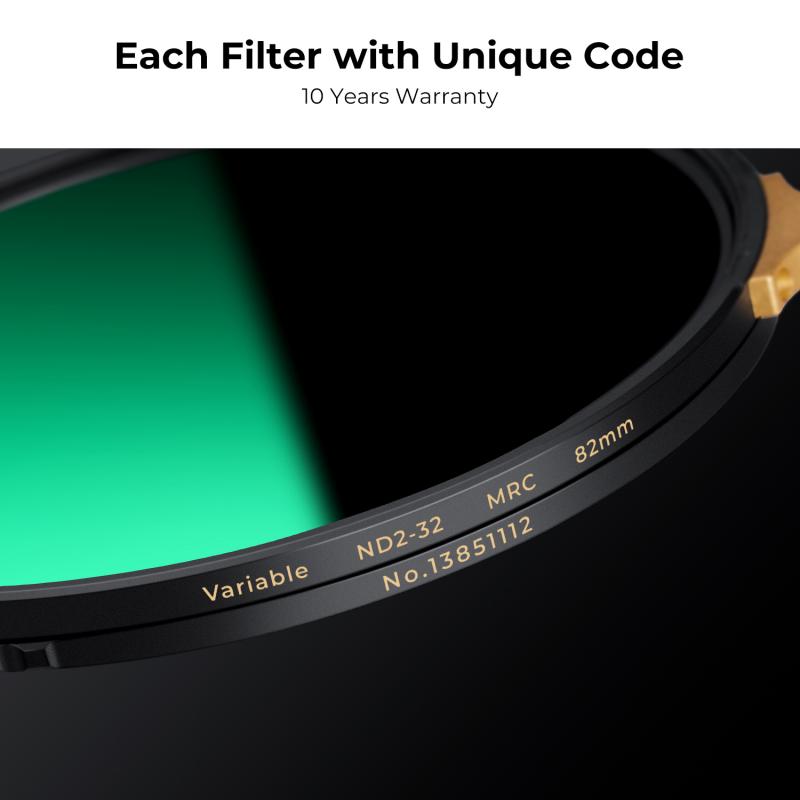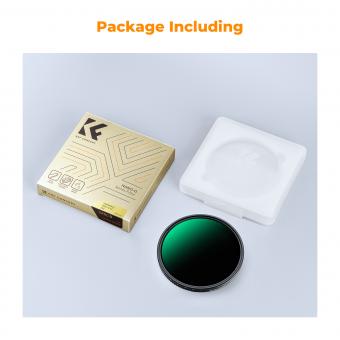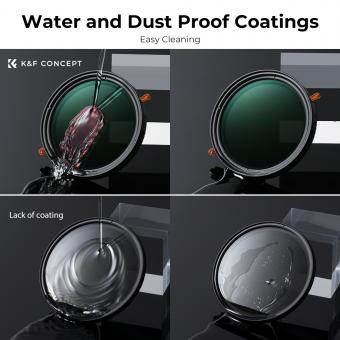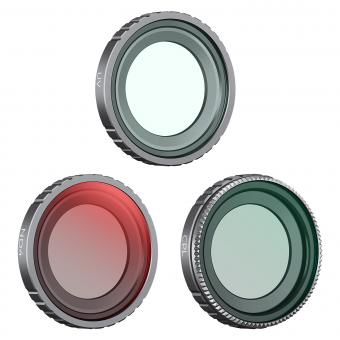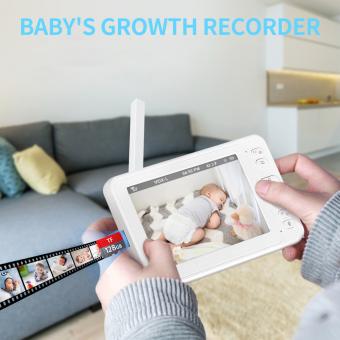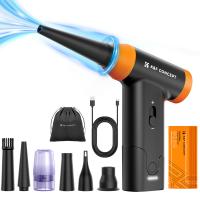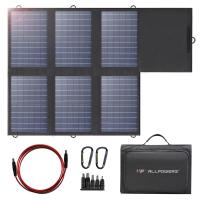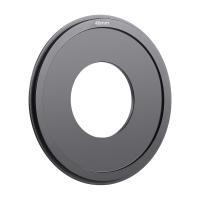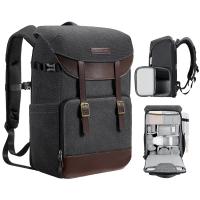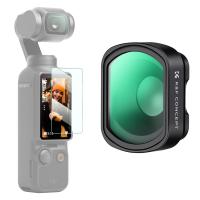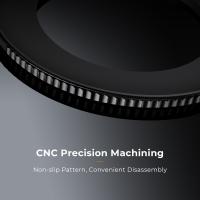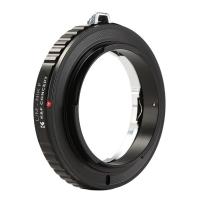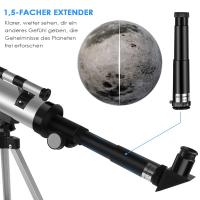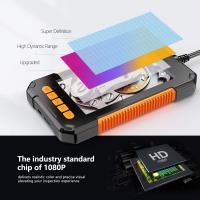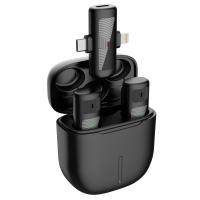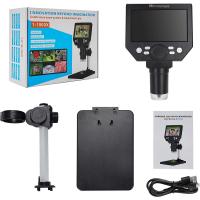What Bugs Does Uv Light And Filters Remove ?
UV light and filters can help remove various types of bugs, including insects and microorganisms. UV light is effective in killing or repelling flying insects such as mosquitoes, flies, and moths. It disrupts their reproductive cycle and can also sterilize their eggs. UV filters in air purifiers or HVAC systems can trap and eliminate airborne insects, preventing them from entering indoor spaces.
In terms of microorganisms, UV light is known to be effective against bacteria, viruses, and other pathogens. It damages their DNA or RNA, preventing them from reproducing and causing infections. UV filters in water purification systems can help eliminate harmful bacteria and viruses, making the water safe to drink.
It's important to note that while UV light and filters can be effective in reducing the presence of bugs, they may not completely eliminate all of them. Other preventive measures such as proper sanitation and regular cleaning are also necessary to maintain bug-free environments.
1、 UV Light and Filters: Removing Bacteria and Viruses
UV light and filters are effective tools in removing various types of bacteria and viruses. UV light, specifically in the UV-C range, has been proven to be highly effective in killing or inactivating microorganisms. It works by damaging the DNA or RNA of these pathogens, preventing them from replicating and causing infections.
UV light and filters are particularly effective in removing common bacteria such as E. coli, Salmonella, and Staphylococcus aureus. These bacteria can cause foodborne illnesses and infections, and UV light can help eliminate them from surfaces and water sources.
In terms of viruses, UV light and filters have shown promising results in removing a wide range of viruses, including influenza, norovirus, and coronaviruses. Recent studies have demonstrated that UV light can effectively inactivate the SARS-CoV-2 virus, which causes COVID-19. This has led to increased interest in using UV light as a disinfection method in healthcare settings, public spaces, and even in personal devices like smartphones.
UV filters, on the other hand, are commonly used in water treatment systems to remove bacteria and viruses from drinking water. These filters can effectively remove pathogens such as Cryptosporidium and Giardia, which are known to cause waterborne illnesses.
It is important to note that while UV light and filters are effective in removing bacteria and viruses, they may not be 100% effective against all types of microorganisms. Some pathogens may be more resistant to UV light or may require longer exposure times for complete inactivation. Therefore, it is crucial to follow proper guidelines and recommendations for the use of UV light and filters to ensure maximum effectiveness in removing harmful bacteria and viruses.
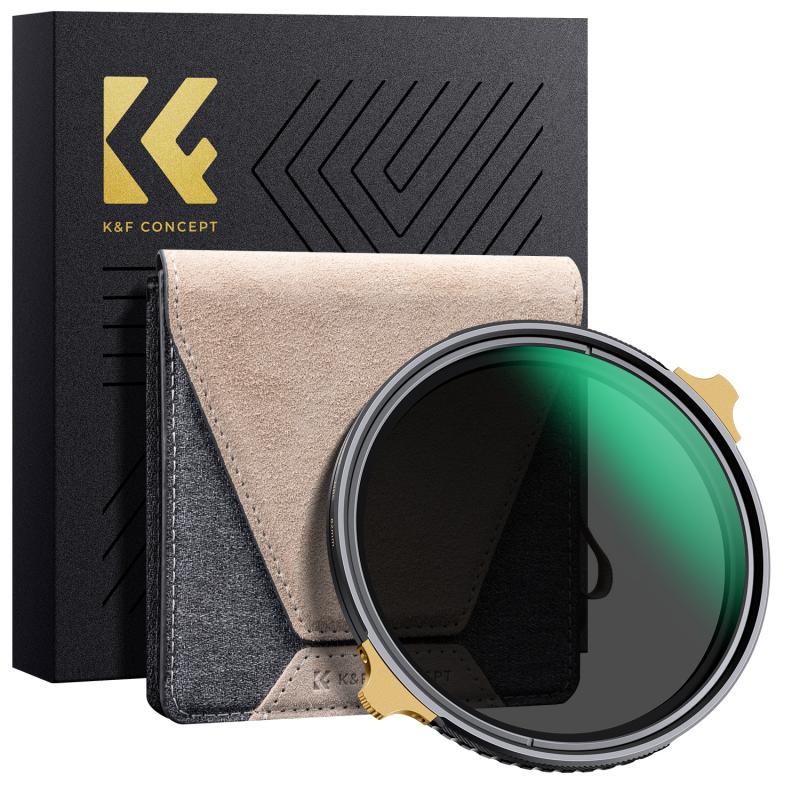
2、 UV Light and Filters: Eliminating Mold and Fungi
UV light and filters are effective tools in eliminating mold and fungi. They work by targeting and destroying the DNA of these microorganisms, preventing their growth and reproduction. UV light is a form of electromagnetic radiation that has germicidal properties, capable of killing or inactivating a wide range of microorganisms, including mold spores and fungi.
UV light is particularly effective in areas where mold and fungi are prone to grow, such as damp and dark spaces. It can be used in HVAC systems, air purifiers, and other devices to disinfect the air and surfaces. UV filters, on the other hand, are designed to trap and remove mold spores and fungi from the air, preventing them from circulating and spreading.
In recent years, there has been growing interest in the use of UV light and filters to combat the spread of airborne viruses, including the coronavirus. While UV light has been proven effective against many types of viruses, including SARS-CoV-2, the virus that causes COVID-19, its effectiveness in real-world settings and its potential health risks to humans are still being studied.
It is important to note that UV light and filters are not a standalone solution for mold and fungi control. They should be used in conjunction with other preventive measures, such as proper ventilation, moisture control, and regular cleaning. Additionally, it is crucial to follow manufacturer guidelines and safety precautions when using UV light and filters to ensure their optimal effectiveness and minimize any potential risks.
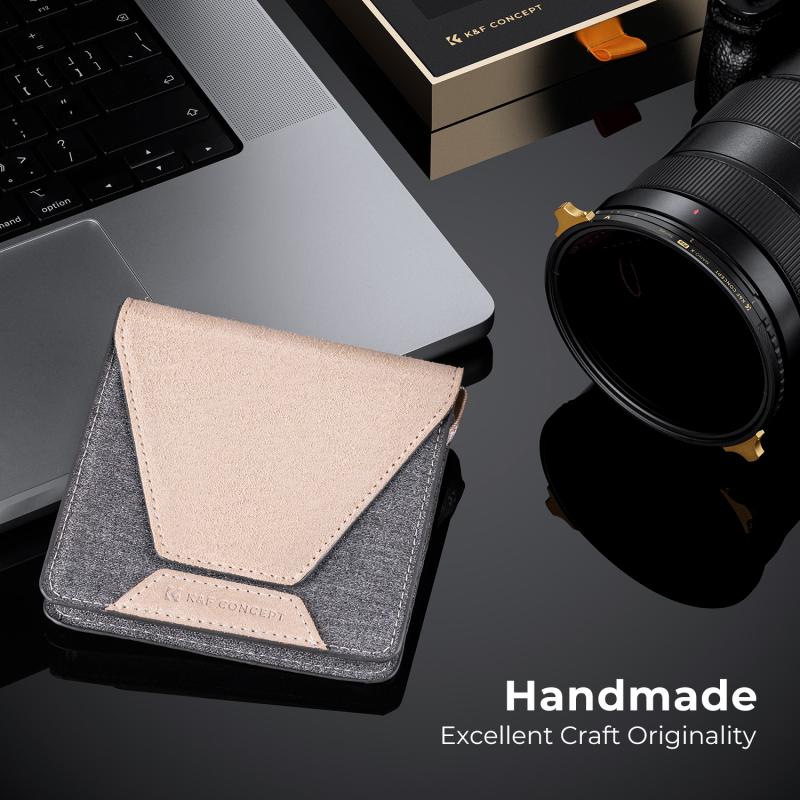
3、 UV Light and Filters: Filtering Out Dust Mites and Allergens
UV light and filters are effective tools for removing various bugs and allergens from the air. They work together to create a cleaner and healthier indoor environment by targeting specific microorganisms and particles.
UV light is particularly effective in eliminating bacteria, viruses, and mold spores. It works by emitting ultraviolet radiation that damages the DNA and RNA of these microorganisms, rendering them unable to reproduce and causing their death. This technology has been widely used in hospitals, laboratories, and water treatment facilities to disinfect and purify the air and water.
Filters, on the other hand, are designed to trap and remove larger particles such as dust mites, pollen, pet dander, and other allergens. High-efficiency particulate air (HEPA) filters are especially effective in capturing particles as small as 0.3 microns, ensuring that the air we breathe is free from these irritants. HEPA filters are commonly used in air purifiers and HVAC systems to improve indoor air quality.
In recent years, there has been growing concern about the spread of airborne viruses, including the novel coronavirus (SARS-CoV-2). While UV light and filters alone cannot completely eliminate the risk of viral transmission, they can play a role in reducing the concentration of viral particles in the air. Studies have shown that UV light can be effective in inactivating certain types of coronaviruses, including SARS-CoV-2, when used in conjunction with other preventive measures such as proper ventilation and social distancing.
In conclusion, UV light and filters are valuable tools in removing bugs and allergens from the air. They can help create a cleaner and healthier indoor environment by targeting bacteria, viruses, mold spores, dust mites, pollen, and other allergens. While they are not a foolproof solution, their use in combination with other preventive measures can contribute to reducing the risk of airborne infections and improving overall air quality.
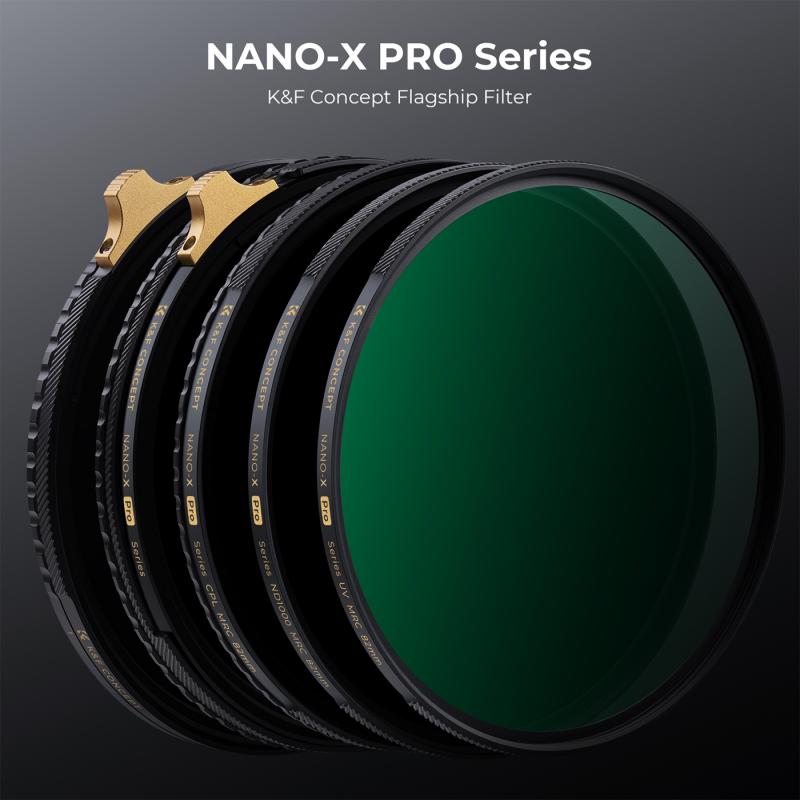
4、 UV Light and Filters: Reducing Odors and Volatile Organic Compounds
UV light and filters are effective in reducing odors and volatile organic compounds (VOCs) in various environments. While they primarily target these pollutants, they can also have some impact on certain types of bugs.
UV light has been proven to be effective in killing or inactivating microorganisms such as bacteria, viruses, and mold spores. It works by damaging the DNA or RNA of these organisms, preventing them from reproducing and causing harm. This can help reduce the presence of harmful bacteria and viruses that may cause odors or contribute to the release of VOCs.
Filters, on the other hand, are designed to capture and remove particulate matter from the air. This includes dust, pollen, pet dander, and some insect allergens. While filters are not specifically designed to target bugs, they can help reduce the number of airborne particles that bugs may be carried on. This can be particularly beneficial for individuals with allergies or asthma, as it can help alleviate symptoms triggered by bug allergens.
It is important to note that UV light and filters are not effective in eliminating all types of bugs. They are not designed to target or remove insects such as flies, mosquitoes, or bed bugs. These bugs are typically larger in size and require specific pest control methods for effective removal.
In conclusion, UV light and filters primarily focus on reducing odors and VOCs in indoor environments. While they can have some impact on certain types of bugs, their main purpose is to improve air quality by targeting microorganisms and particulate matter. For effective bug control, it is recommended to use appropriate pest control methods in conjunction with UV light and filters.
